Supernatural Sky: Asteroids In Aztec Religious Texts

Introduction
Asteroids have been a subject of fascination and study for humans for centuries. These celestial objects have held a special place in mythology and religious texts, including those of the Aztecs. The Aztecs were a Mesoamerican civilization that flourished in central Mexico in the 14th to 16th centuries. Their religion was polytheistic, and they believed in a vast pantheon of deities that extended through every aspect of life, including the natural world. This article will explore the role of asteroids in Aztec religious texts and mythology and their significance in Aztec culture.
The Creation Myth
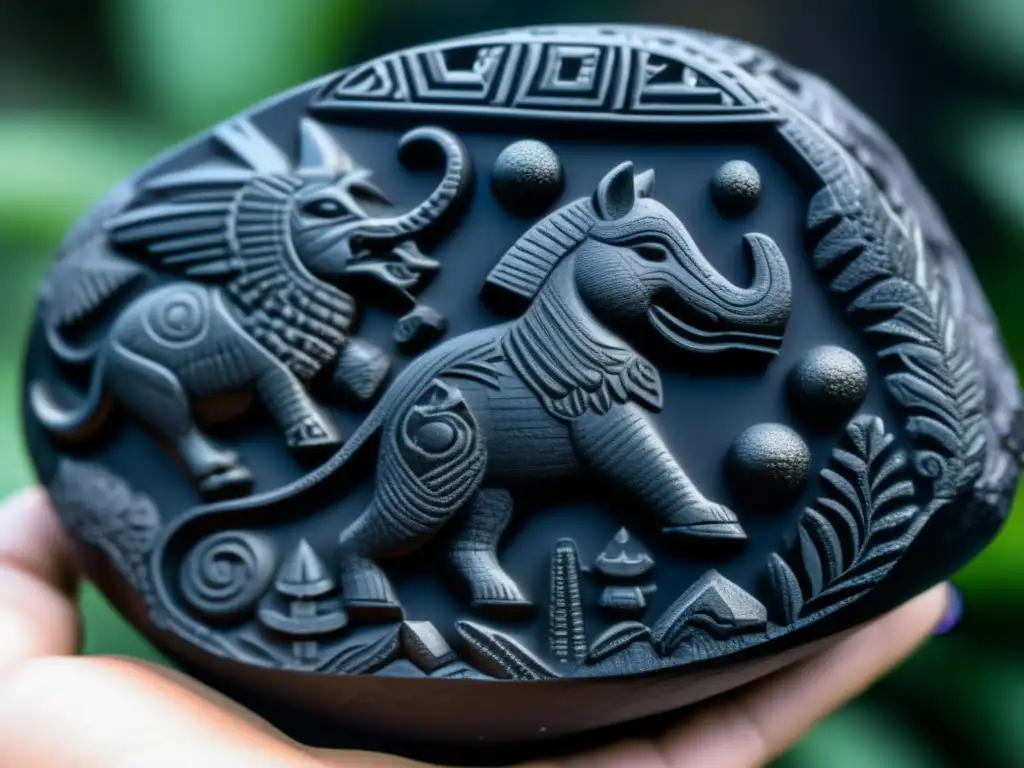
The Birth of Huitzilopochtli
The Aztecs believed that the universe had gone through several cycles of destruction and creation. During the fourth cycle, the god of war and the sun, Huitzilopochtli, was born when his mother, the goddess Coatlicue, became pregnant after touching a magical ball of feathers that fell from the sky. This ball of feathers is believed to represent an asteroid or comet that struck the earth. The impact created a massive explosion that sent debris hurtling into the sky, which the Aztecs believed coalesced into the magical ball of feathers that impregnated Coatlicue.
The Fifth Sun
In another creation myth, the Aztecs believed that the universe was created when the god of creation, Quetzalcoatl, sacrificed himself and his blood created the fifth sun. According to Aztec legend, the previous four suns had been destroyed by fire, wind, floods, and monsters. The Aztecs believed that the fifth sun, the current era, would end in a massive earthquake and the rise of a new cosmic cycle. This apocalypse would be heralded by an asteroid or comet.
The Gods and Asteroids

Tezcatlipoca
Tezcatlipoca was one of the most important gods in Aztec mythology. He was the god of the night sky and had many attributes, including being associated with war, beauty, and the hunt. Aztecs believed that when a shooting star streaked across the sky, it was Tezcatlipoca traveling to earth in human form to watch over his people. The obsidian mirror was one of Tezcatlipoca's most potent symbols. It was believed to have the power to reveal the truth and could reflect the future or past. An asteroid crashing into the earth is also associated with Tezcatlipoca's arrival on earth in his human form.
Xiuhtecuhtli
Xiuhtecuhtli was the god of fire and the calendar, who was renowned for his magical powers. He was associated with the planet Venus, the sun, and the stars. The Aztecs believed that when Xiuhtecuhtli arrived on earth, he would come in the form of a burning asteroid. They also believed that Xiuhtecuhtli was responsible for the creation of the world, which he created from ashes, along with the other gods.
The Role in Aztec Culture
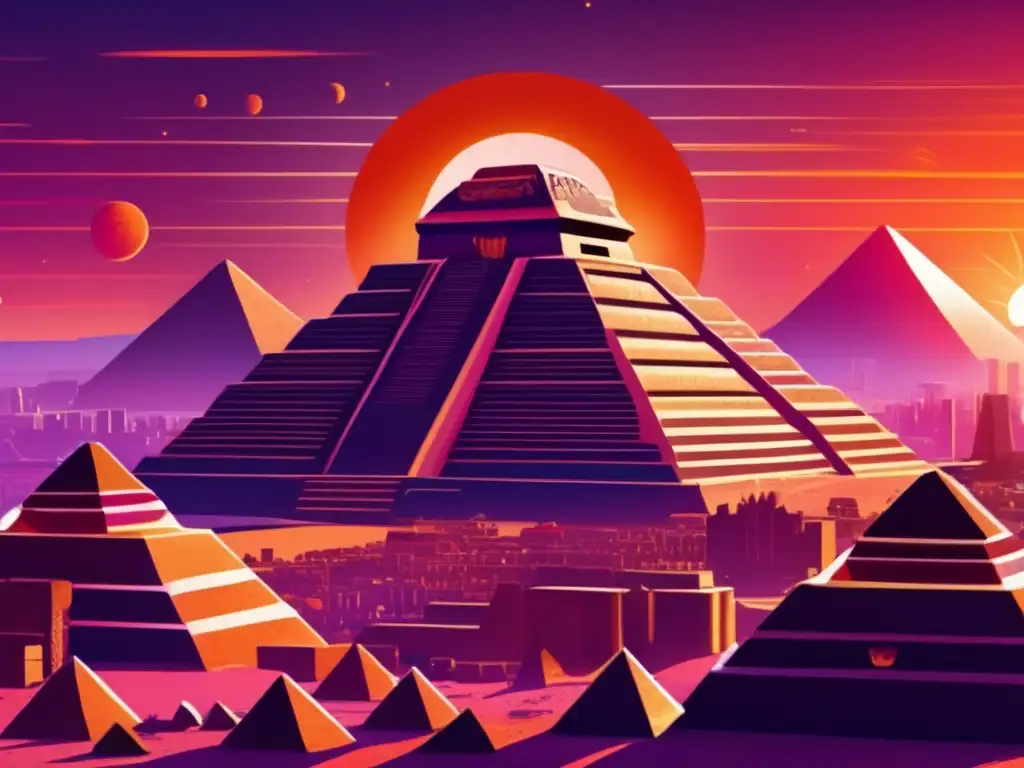
Celestial Observations
The Aztecs were skilled astronomers and observed the sky carefully, recording observations in codices. They used celestial observations to determine the best time to plant crops and for religious ceremonies. They had specific festivals that celebrated the arrival of comets and meteor showers, which they believed were harbingers of significant events that would take place on earth.
Sacrifice
The Aztecs practiced human sacrifice, which they believed was necessary to sustain the universe and keep the gods from being angry and causing destruction. They believed that an asteroid impact was a sign of the gods' displeasure and required a massive blood sacrifice to appease the gods. The practice of human sacrifice was banned by Spanish conquistadors when they arrived in the 16th century and replaced with Christian practices.
Frequently Asked Questions
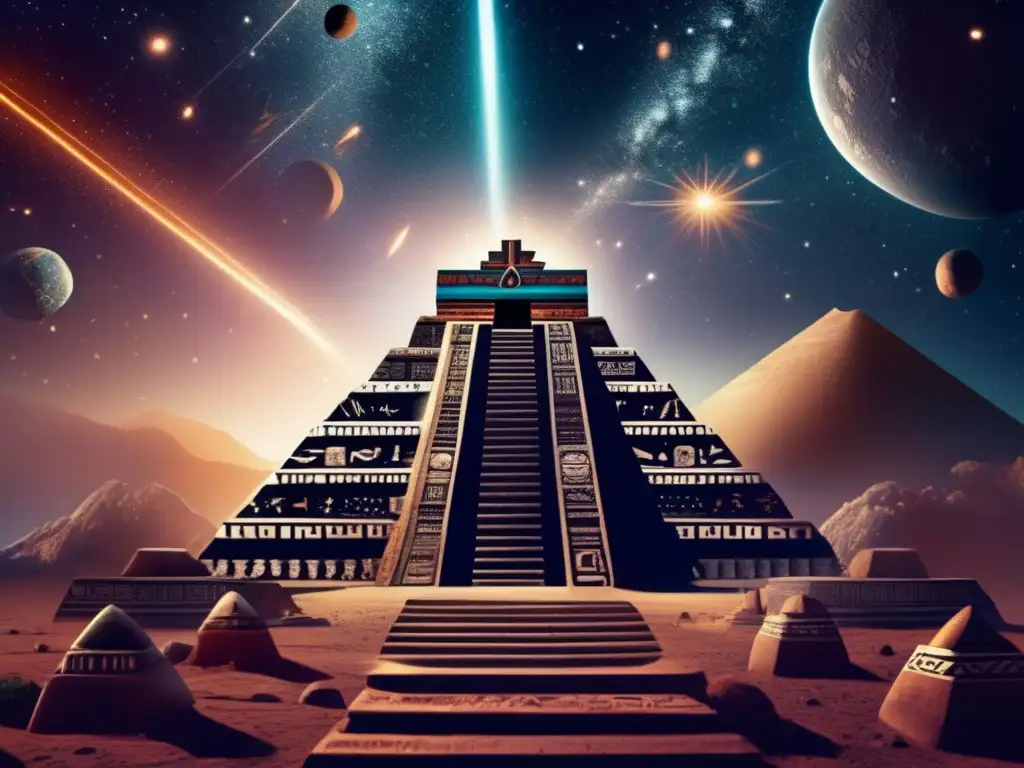
-
Did the Aztecs believe in life beyond Earth?
While there is no concrete evidence, some scholars believe that the Aztecs believed in life beyond Earth based on their observation of the sky and their belief in a vast universe.
-
Did the Aztecs have a concept of asteroids?
The Aztecs did not have the modern scientific concept of asteroids. Still, they did believe in celestial objects and their connection to the gods and the natural world.
-
Did the Aztecs have any astronomical achievements?
The Aztecs accurately measured and recorded celestial phenomena, including solar and lunar eclipses and the movement of planets.
-
Why did the Aztecs practice human sacrifice?
The Aztecs believed that human sacrifice was necessary to sustain the universe and prevent divine wrath. It was also seen as a way to honor the gods and repay them for their generosity.
-
What happened to Aztec religion after the Spanish conquest?
The Spanish conquistadors banned Aztec religion and replaced it with Christianity, which they imposed on the indigenous population.
Conclusion
Asteroids played a crucial role in Aztec religious texts and mythology. They were associated with the creation of the universe, the arrival of gods on earth, and significant cosmic events. The Aztecs' careful observation of celestial phenomena and belief in the natural world's interconnectedness allowed them to develop a sophisticated religious system that recognized the importance of these celestial objects. Through their study of asteroids and the many other aspects of astronomy and cosmology, the Aztecs left an enduring legacy that still fascinates scholars and enthusiasts alike today.
Thank you for reading this article. We hope you've enjoyed learning about the role of asteroids in Aztec religion. Please share your thoughts and comments below, and don't hesitate to check out other fascinating articles on www.asteroidrealm.com.
Additional Resources
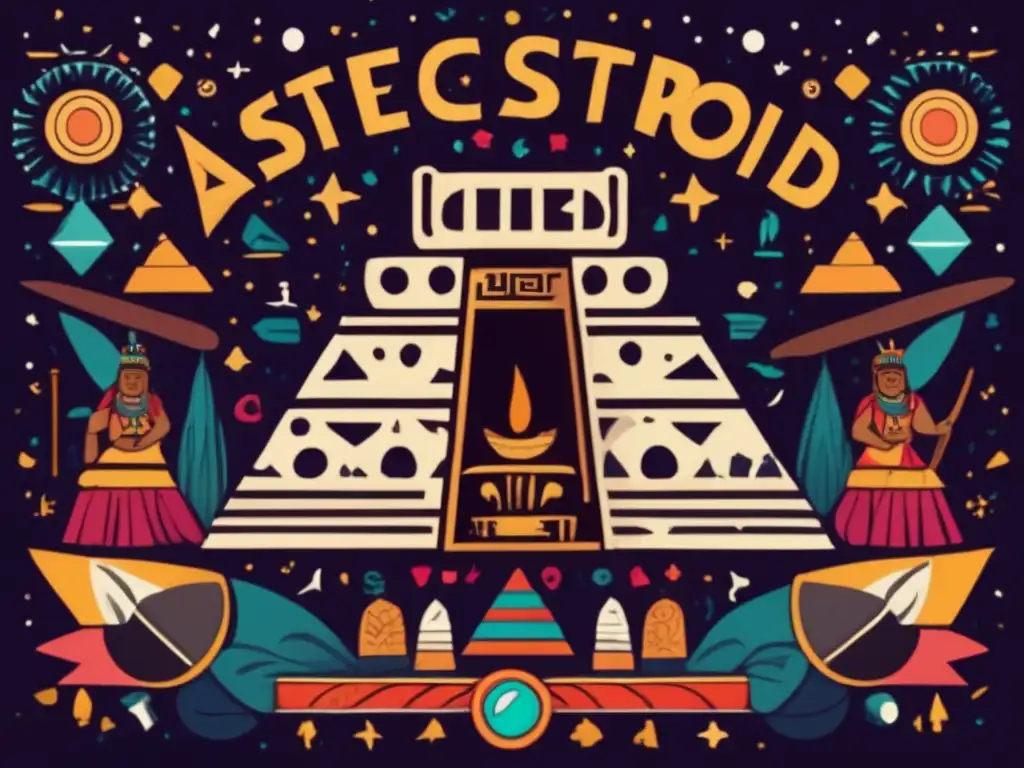
- Mesoamerican Religion Britannica
- Mexico Religion Britannica
- National Geographic Mesoamerican Religion
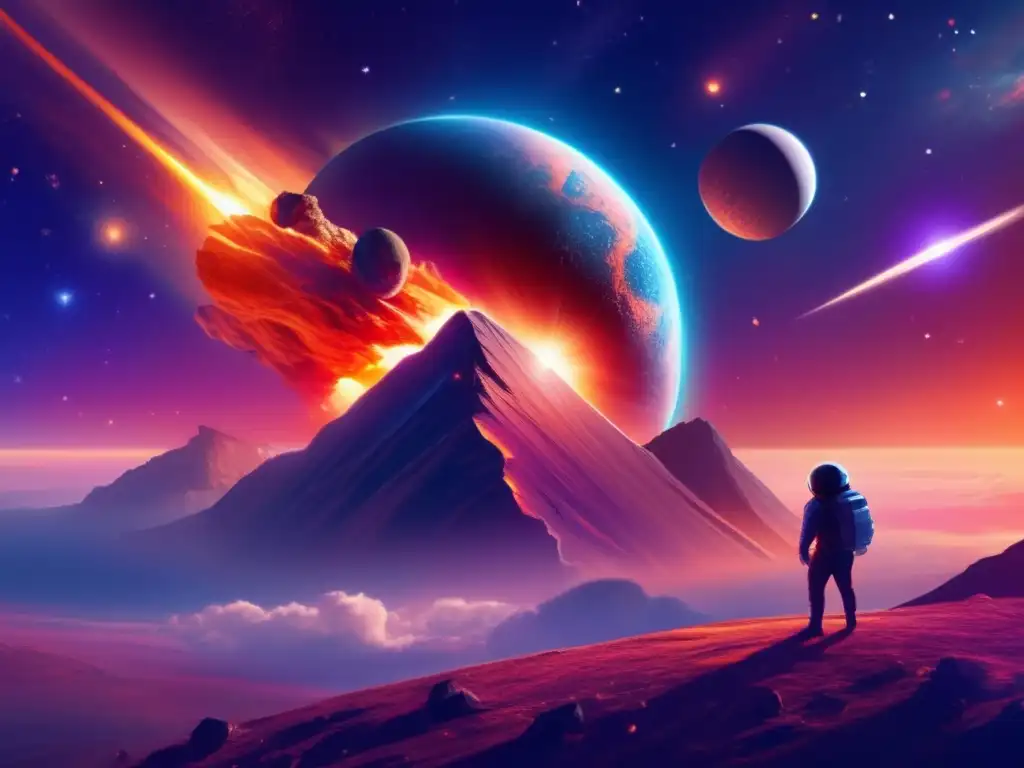 The Falling Star: Asteroids In Old Irish Folklore
The Falling Star: Asteroids In Old Irish Folklore Celestial Significance: Asteroids In Persian Epic Poetry
Celestial Significance: Asteroids In Persian Epic Poetry Asteroids In Ancient Lore: A Deep Dive
Asteroids In Ancient Lore: A Deep DiveIf you want to discover more articles similar to Supernatural Sky: Asteroids In Aztec Religious Texts, you can visit the Asteroid Mythology category.
Leave a Reply

Articulos relacionados: